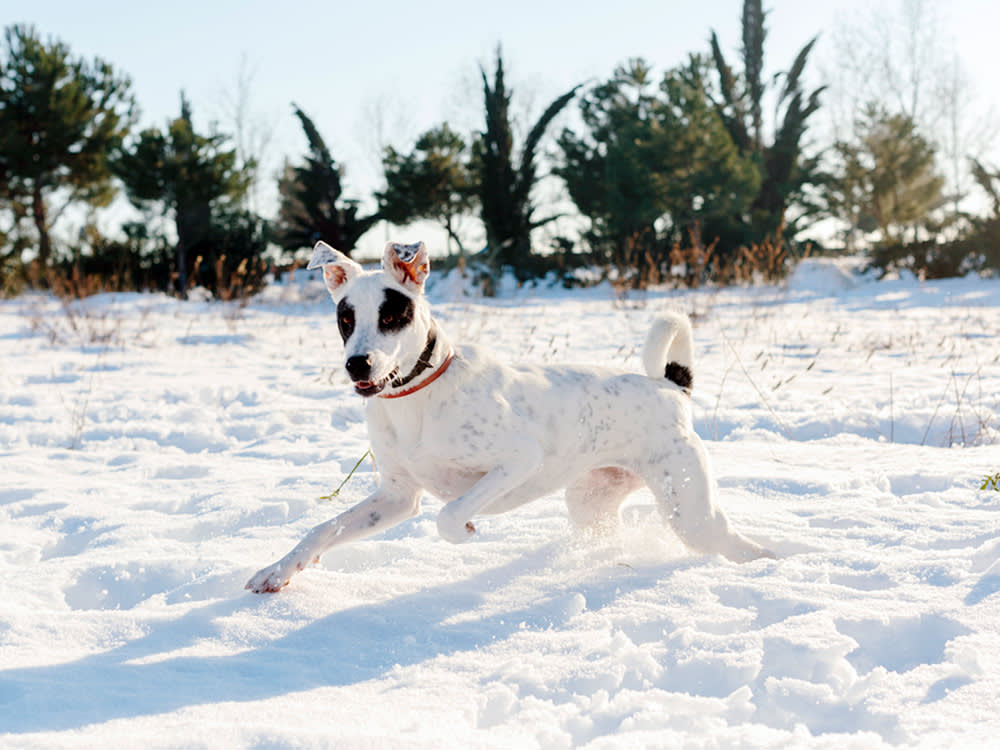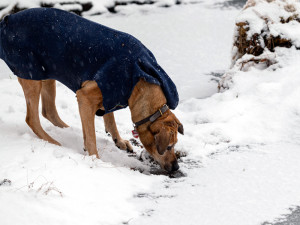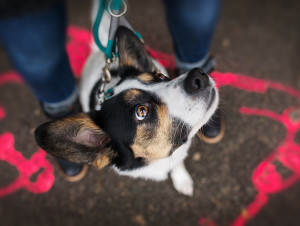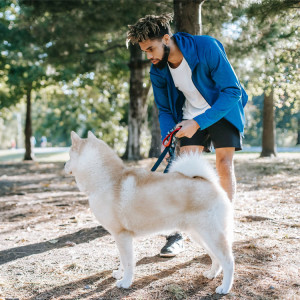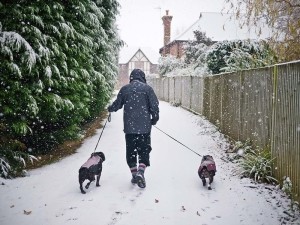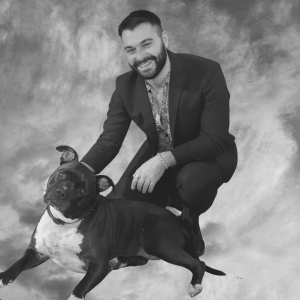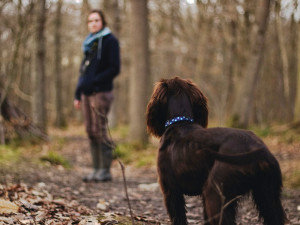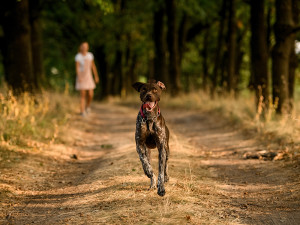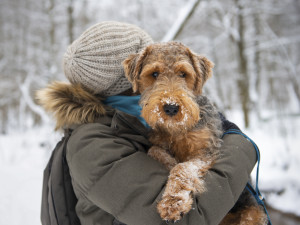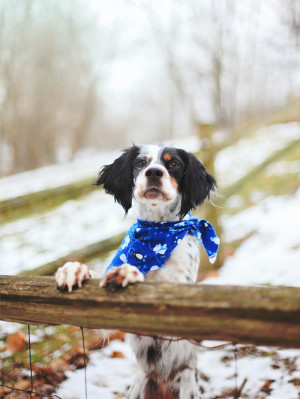How to Get Your Snow-Loving Dog to Come Back Inside
Your dog is wild for the snow, but here’s how to convince them to retreat back inside when your toes start to get frozen.
Dogs essentially react in one of two ways to the sight of snow. First, we have those pups who fall somewhere between dramatic and anxious, like my own pup, who will avoid the elements at all costs. When faced with snow, rain, or occasionally a mild wind, my dog and many like her, effectively go on a potty strike until the weather corporates with their demands. On the other hand, there are the fun-loving dogs who react to snowflakes beginning to fall with pure excitement, like a kid waking up on a school day after wearing their pajamas inside out. There are so many smells to sniff!
These pups love nothing more than to run and jump around outside after a blizzard without a care in the world. The downside to this enthusiasm is that it can sometimes be difficult to get these animals to enjoy their winter wonderland in moderation. While no pet parent wants to interrupt their dog from having the time of their life, we sadly have other things to do beyond supervising our animals—and we get cold, too. Plus, it can be dangerous for them to be out there for too long. So, how do we limit their time in the snow without breaking their hearts?
Why won’t your dog come inside from the snow?
Before curbing this behavior, we should first look at what’s inspiring it. Dr. Sabrina Kong, a veterinarian at We Love Doodlesopens in new tab, explains that much like people, dogs have diverse opinions on the necessity of colder seasons. “Dogs’ reactions to snow vary greatly, much like our responses to winter weather,” she says. Beyond individual preference, Kong adds that some breeds are naturally drawn to snow, such as Siberian Huskies or Bernese Mountain Dogs, due to their thick fur coats and historical presence in colder climates.
“These breeds are genetically predisposed to thrive in colder weather, finding snow stimulating and enjoyable. On the other hand, dogs with thinner coats or those not genetically adapted to cold environments may dislike the cold and snow due to discomfort or difficulty maintaining their body heat,” Dr. Kong says.
How much do you spend on your pet per year?
And breed doesn’t only play a role in your pup’s enjoyment of snow; it can also indicate the level of danger from their overexposure to it. Dr. Kong notes that breeds like Siberian Huskies or Bernese Mountain Dogs, with their huge P. Diddy-like fur coats, are at a far lower risk of cold-related health issues than say a Pug or Pittie, who have much thinner natural jackets.
What are the biggest risks with your dog playing in the snow for too long?
Per Dr. Kong, the largest concerns with these dogs are hypothermia or frostbite, particularly on sensitive areas like the nose, ears, and paw pads. That being said, she warns that once the temperature starts to drop below freezing, pretty much any dog is at some risk and should have their snow time limited. Look for shivering, lethargy, whining, or displaying any general discomfort as signs that your dog has been in the snow too long.
Additionally, Susan Nilson, trainer and founder of The Cat and Dog Houseopens in new tab, explains that the snow itself poses another sneaky threat to dogs who love to play in it. While these pups are running around, snow can get stuck between their toes before melting and forming sharp ice chips that poke the inner paw. This painful issue is especially common in dogs with longer hair around their paws and only elevates the frigid impact of the weather.
“If you notice your dog holding up their paw during a snowy walk, this could be the reason. Obviously, snow is also extremely cold which may cause discomfort for some dogs, like a burning sensation in their paws,” she says.
How can you train your dog to come inside when it’s time?
To avoid these risks, Shane Gentry, trainer and founder of Sally Said Soopens in new tab, recommends one tactic above all else. He says that training your dog to execute reliable recall is essential in getting them out of the snow, regardless of how much they’re enjoying the weather. “Recall is recall no matter the environment. It is one of those non-negotiable commands every dog should know. It can literally save your dog’s life,” he says.
For recall training newcomers, start indoors or in another enclosed space. Try to limit any distractions or excess stimuli and have your pup’s favorite treats handy. Then get their attention using their name or a verbal like “come” or “here” and reward them with a treat. Take a few steps away and run it back, increasing distance with every take. Repetition is key in for this training.
Dr. Kong agrees that proper recall training is crucial in getting dogs to hop out of the snow while recommending a couple of additional techniques, including using a long leash. This will help guide resistant dogs inside when they’re overstaying their wintry retreat. Establishing a routine of consistent outdoor excitement for your dog every day will also help set and manage expectations. Of course, this type of regular exercise and exploration will simply improve your dog’s physical and mental health in general.
“Remember that providing outdoor playtime that’s physically and mentally engaging can help ensure your dog is satisfied and more willing to come inside after enjoying the snow,” Dr. Kong explains.
If all else fails, double down on the appeal of staying in and being a couch potato. Be sure to create a warm and cozy space indoor s with lots of toys and treats, and your dog will a become a bratty homebody like mine in no time.
